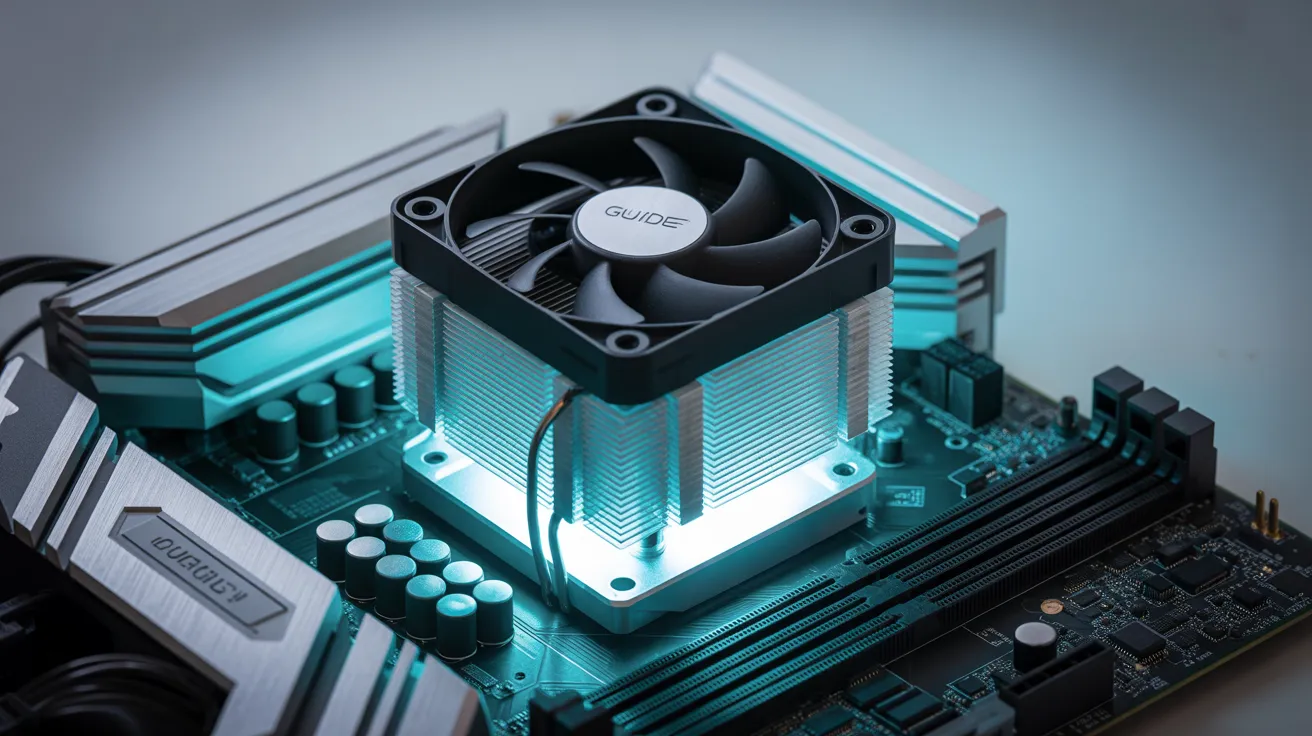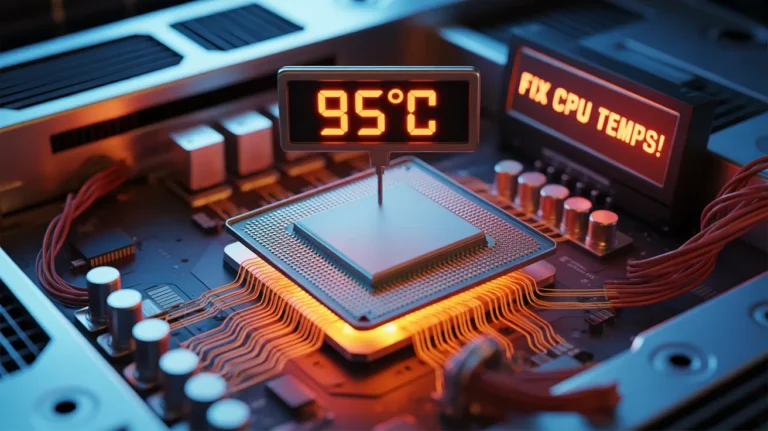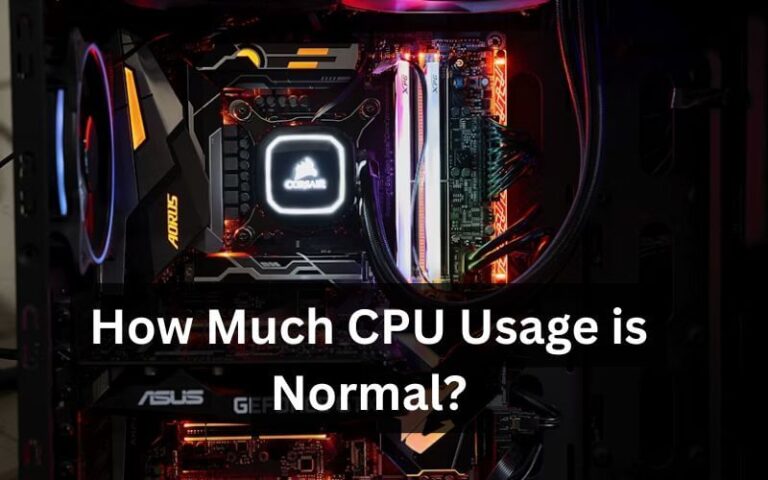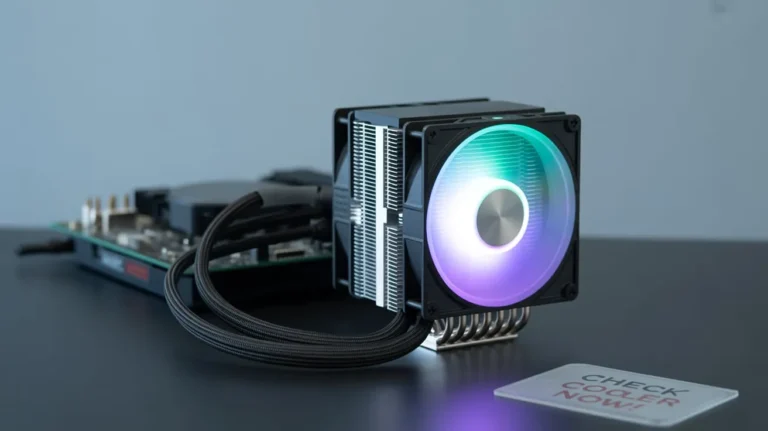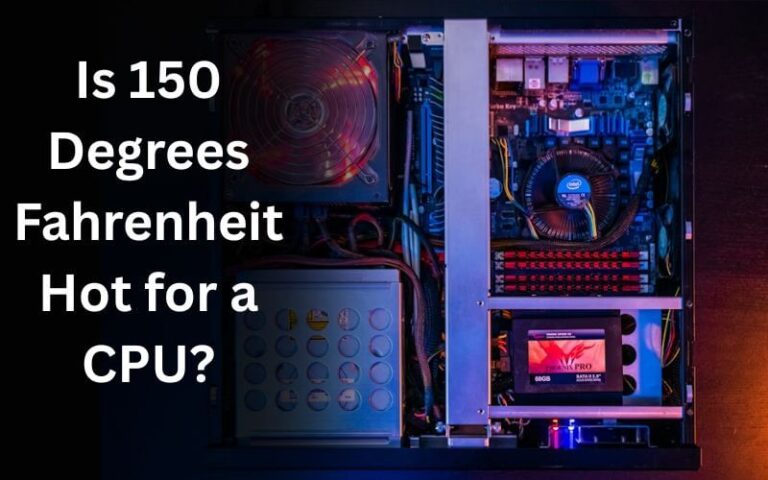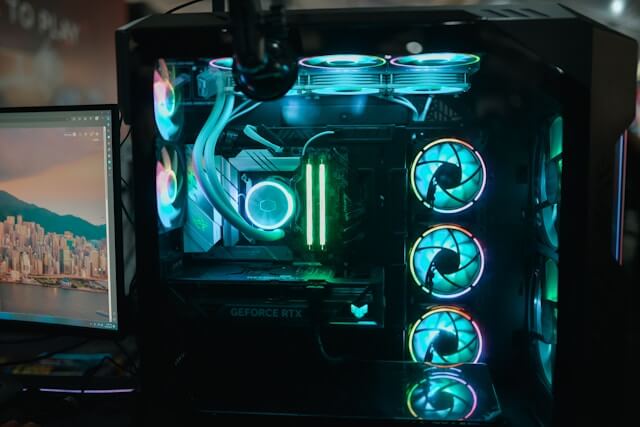How tight should the CPU cooler be? Check Guide!
The CPU cooler should be tight enough to hold firmly without moving, but not so tight that it bends the motherboard or damages the CPU. Tighten screws evenly in a cross pattern until you feel firm resistance, then stop.
In this guide, we will explain exactly how tight the CPU cooler should be, so you can keep your processor safe and running cool for an extended period.
Also Read: What is high CPU temp? Check CPU Temps!
What Is the Correct Tightness for a CPU Cooler?
The correct tightness for a CPU cooler is when it is firmly secured but not overly tight. It should be tight enough to keep good contact with the CPU for heat transfer, but not so tight that it damages the CPU or motherboard.
What Are the Signs of an Improperly Tightened CPU Cooler?
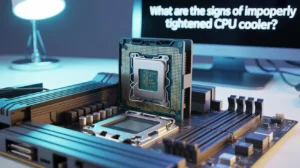
Signs of an improperly tightened CPU cooler include high CPU temperatures, loud fan noise, frequent system crashes, and poor performance. You may also notice the cooler feeling is loose or uneven when you gently check it.
How to Properly Secure Your CPU Cooler for Optimal Performance?
To properly secure your CPU cooler, place it evenly on the CPU, align it with the mounting holes, and tighten the screws in a crisscross pattern. Make it firm but not too tight, and ensure it does not move after installation.
Also Read: What CPU cooler do I have? Check Cooler Now!
How to Avoid Over-Tightening Your CPU Cooler?
To avoid over-tightening your CPU cooler, turn the screws slowly and evenly in small steps. Stop when you feel firm resistance. Always follow the cooler’s manual and avoid using too much force, which can damage parts.
Best Tightness Settings for Different CPU Cooler Types:
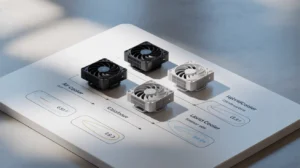
Here are the types you can include under Best Tightness Settings for Different CPU Cooler Types:
- Air Coolers: Large fan-and-heatsink style coolers that need firm but gentle tightening.
- Liquid Coolers (AIO): Water-based cooling systems that require even, moderate pressure.
- Low-Profile Coolers: Small coolers for compact PCs, needing extra care to avoid bending parts.
- Stock Coolers: Default coolers that come with CPUs, usually designed for easy, safe tightening.
- Custom Water Blocks: For custom liquid cooling loops, we need precise, even tightening for a proper seal.
How to Check If Your CPU Cooler Is Installed Properly?
To check if your CPU cooler is installed properly, make sure it feels firm and does not move. Check CPU temperatures in the BIOS or with software; they should be normal. Also, listen for unusual noise from the cooler.
Why Proper CPU Cooler Tension Prevents Overheating?
Proper CPU cooler tension keeps the cooler in full contact with the CPU surface, which helps transfer heat efficiently. If the tension is correct, heat moves away faster, preventing the CPU from getting too hot and avoiding overheating problems.
How to Test If Your CPU Cooler Is Tight Enough?
To test if your CPU cooler is tight enough, gently try to move it; it should not wiggle. Check CPU temperatures while running a program; if they stay normal, the cooler is likely secured properly.
Adjusting CPU Cooler Mounting for Different Motherboard Sockets?
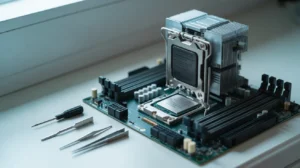
Different motherboards use different socket sizes, so the CPU cooler must be mounted in a way that matches the socket type. Use the correct brackets or screws, align the cooler carefully, and tighten it evenly for a secure and proper fit.
How does Even CPU Cooler Tightness Improve Cooling and Performance?
Even CPU coolers spread pressure equally on the CPU, making full contact with the surface. This allows heat to transfer more efficiently, keeping temperatures lower and helping the CPU work faster and more reliably.
FAQs:
1. What happens if my CPU cooler is too loose?
If the cooler is too loose, it won’t touch the CPU properly, causing high temperatures and poor performance.
2. How do I know if my CPU cooler is over-tightened?
If you hear cracking sounds or see the motherboard bending, the cooler may be too tight.
Also Read: What should CPU voltage be? Stay Within Limits!
3. Can a loose CPU cooler cause overheating?
Yes, if the cooler is loose, it won’t touch the CPU surface fully, so heat will stay trapped. This can make the CPU overheat, slow down, or even shut down to protect itself.
4. Is over-tightening a CPU cooler bad for the motherboard?
Yes, tightening too much can put too much pressure on the motherboard. This may bend it, damage the socket area, or cause small cracks that affect the PC’s performance over time.
5. Can improper cooler tightness damage the CPU pins?
Yes, if the cooler is pressed too hard or mounted unevenly, it can push the CPU in the wrong way. This might bend, break, or misalign the pins, making the CPU unusable.
Conclusion:
The CPU cooler must be secured firmly but not over-tightened. Proper tightness ensures good heat transfer, prevents overheating, and avoids damage to the CPU or motherboard. Tighten evenly, follow the manual, and check temperatures to keep your PC running safely and efficiently.
Also Read: How to check if the CPU is overclocked- Check CPU Speed!

